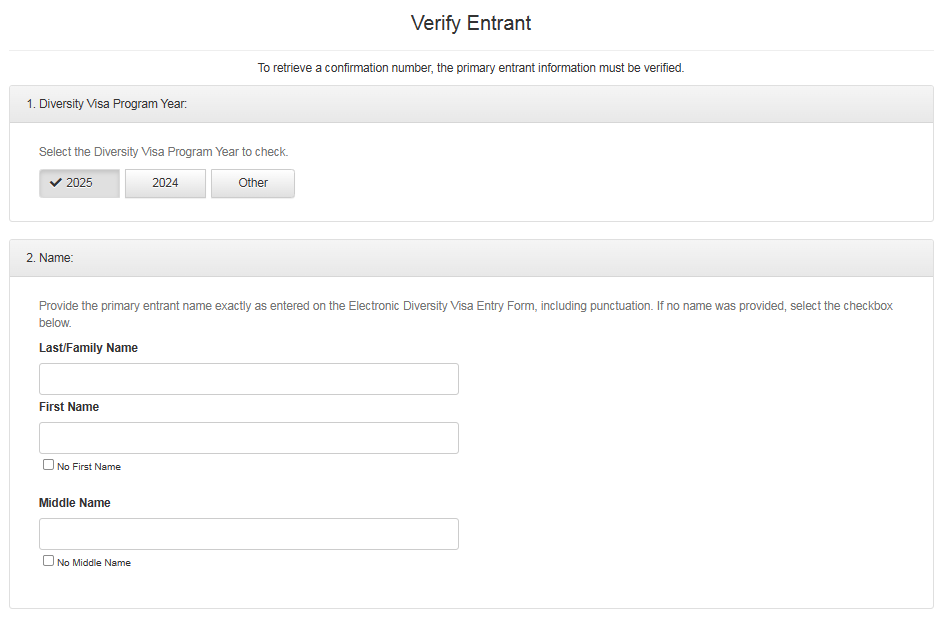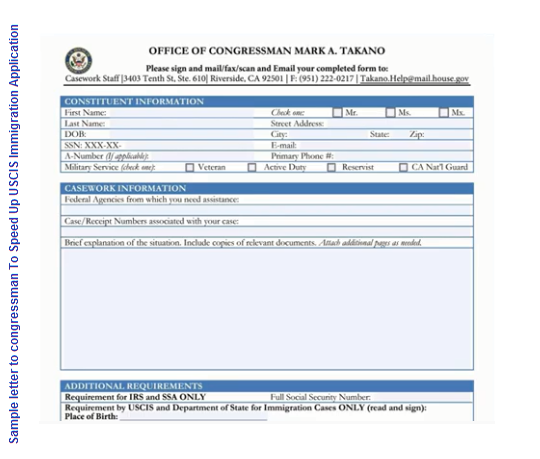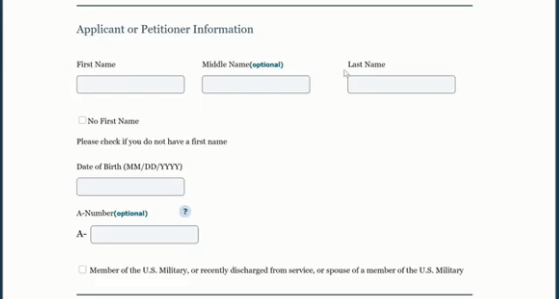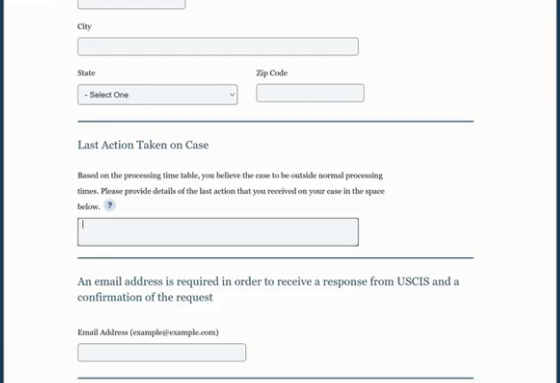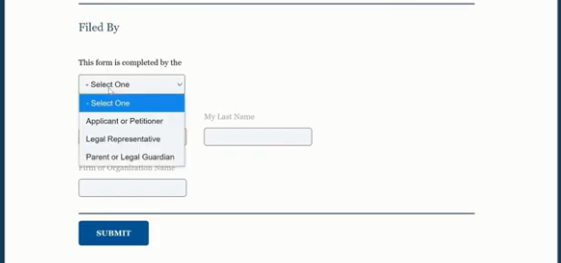In this guide, we will learn the answers to some civics test questions. The civics test is an oral test which USCIS Officer will ask the applicant seeking for U.S citizenship or naturalization.
The USCIS officer will ask the applicant up to 10 of the 100 civics questions. An applicant must answer 6 out of 10 questions correctly to pass the civics portion of the naturalization test.
On the naturalization test, some answers may change because of elections or appointments. As you study for the test, make sure that you know the most current answers to these questions.
Once you attend your naturalization interview, the USCIS officer will ask you up to ten civics questions in random order. In other to pass the interview, you need to give correct answers to the questions.
The naturalization interview and test are critical steps in the naturalization process. Depending on the USCIS office that you’re in, you might take the test at an information desk in the waiting room. The most important thing for you to remember is to be prepared for your interview and test.
The purpose of the guide is to help applicants for naturalization prepare for the naturalization interview and test. This guide pertains to most applicants who are eligible for naturalization, but not pertain to all applicants.
The administration of the interview and test may also vary depending on the circumstances. The physical interview and test settings may vary based on each field office’s use of the space and processes.
This guide is only an example of what an applicant may experience at an actual naturalization interview. The questions in the guide are just sample questions and may or may not be asked in your interview. Any tests in this guide are just samples and may or may not be given at your interview.
Difference Between Naturalization and Citizenship Certificate
A U.S. Certificate of Citizenship is granted to a person who acquires or derives citizenship from his or her birth to U.S. parents. A naturalization certificate, on the other hand, is granted to a person who becomes a citizen through the naturalization process.
Naturalization is the process to become a U.S. citizen if you were born outside of the United States.
Civics Test Questions and Answers (Naturalization Interview and Test)
Below are civics (history and government) questions and answers for the naturalization test:
Question: In what month do we vote for President of the United States?
Answer: November.
Question: Who is the father of our country?
Answer: George Washington.
Question: When was the Constitution written?
Answer: September 17, 1787
Question: Who signs bills to become laws?
Answer: The President.
Question: What do we call the first ten amendments to the Constitution?
Answer: The Bill of Rights.
Question: What stops one branch of government from becoming too powerful?
Answer:
▪ Checks and balances
▪ Separation of powers
Question: Who is in charge of the executive branch?
Answer: The President
Question: Who makes federal laws?
Answer:
▪ Congress
▪ Senate and House (of Representatives)
▪ (U.S. or national) legislature
Question: What are the two parts of the U.S. Congress?*
Answer: The Senate and House (of Representatives)
Question: How many U.S. Senators are there?
Answer: One hundred (100)
Question: How many members do we have in the House of Representatives?
Answer: The House of Representatives is made up of 435 elected members, divided among the 50 states in proportion to their total population.
Question: Name the writers of the Federalist Papers.
Answer: The Federalist, commonly referred to as the Federalist Papers, is a series of 85 essays written by Alexander Hamilton, John Jay, and James Madison between October 1787 and May 1788.
Question: What is freedom of religion?
Answer: You can practice any religion or not practice a religion.
Question: How many amendments does the Constitution have?
Answer: Twenty Seven (27)
Question: What are two rights in the Declaration of Independence?
Answer:
▪ Life
▪ Liberty
▪ Pursuit of happiness
Question: What is the economic system in the United States?
Answer:
▪ Capitalist economy
▪ Market economy
Question: What are the two major political parties in the United States?
Answer: Democratic and Republican.
Question: What major event happened on September 11, 2001 in the United States?
Answer: Terrorists attacked the United States.
Question: What is the name of the national anthem?
Answer: The Star Spangled Banner.
Question: When is the last day you can send in federal income tax forms?
Answer: April 15.
Question: Before he was president, Eisenhower was a general. What war was he in?
Answer: World War II.
Question: What ocean is on the west coast of the United States?
Answer: Pacific Ocean.
Question: Why does the flag have 13 stripes?
Answer:
▪ because there were 13 original colonies
▪ because the stripes represent the original colonies
Question: Why does the flag have 50 stars?
Answer:
▪ because there is one star for each state
▪ because each star represents a state
▪ because there are 50 states
Question: When do we celebrate Independence Day?
Answer: July 4
Question: We elect a President for how many years?
Answer: Four (4)
Question: In what month do we vote for President?
Answer: November
Checkout more of the questions and answers later…..
Note: The American Civics Test (also known as the American Citizenship Test, U.S. Civics Test, U.S Citizenship Test, and U.S. Naturalization Test) is an oral examination that all immigrants must pass to gain United States citizenship.
Disclaimer: This educational guide is for informational purposes only. The use of information contained in this article does not constitute any legal advice. The information presented in this post should not be construed to be formal legal advice. If you need legal advice, you may contact a licensed attorney.
 Jobsscholar Jobs Search | Education Hub | Scholars Portal
Jobsscholar Jobs Search | Education Hub | Scholars Portal



